Key Takeaways
-
Appearance Matters: Hobo spiders have chevron-like markings and eight eyes, while Brown Recluse spiders are known for a violin-shaped marking and have only six eyes.
-
Venom Risks: Brown Recluse bites can lead to serious skin damage and require prompt medical treatment. Hobo Spider bites are typically less harmful, causing only mild irritation.
-
Habitat Awareness: Hobo spiders are found in damp, low-traffic areas like basements and garages. Brown Recluses prefer dry, undisturbed places such as closets and attics.
-
Behavioral Insights: Both species are shy and not aggressive by nature, usually biting only when provoked or handled.
-
Prevention & Safety: Keep areas clean and clutter-free, seal cracks and gaps, and seek medical attention immediately if bitten by a Brown Recluse.
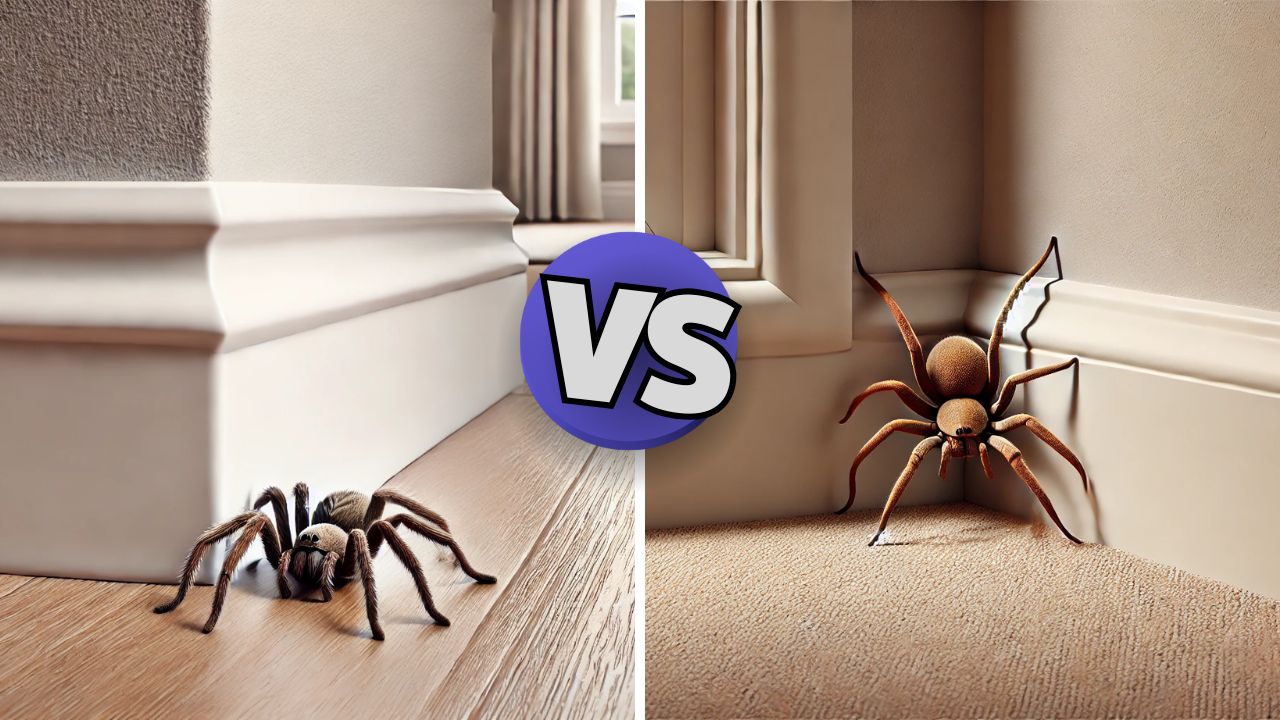 Spiders are common household invaders, and while most are harmless, some species cause concern due to their venomous bites and aggressive reputations. If you’re wondering which type of spider you’re dealing with, it’s essential to identify them correctly to determine if they can cause any health risk.
In this article, we’ll explore the key differences between Hobo Spiders and Brown Recluse Spiders, how to distinguish them, and what steps you can take to prevent an infestation.
Not sure what spider you’re dealing with? Schedule a Free Pest Inspection Today, and let our experts identify and handle the issue quickly and safely.
Spiders are common household invaders, and while most are harmless, some species cause concern due to their venomous bites and aggressive reputations. If you’re wondering which type of spider you’re dealing with, it’s essential to identify them correctly to determine if they can cause any health risk.
In this article, we’ll explore the key differences between Hobo Spiders and Brown Recluse Spiders, how to distinguish them, and what steps you can take to prevent an infestation.
Not sure what spider you’re dealing with? Schedule a Free Pest Inspection Today, and let our experts identify and handle the issue quickly and safely.
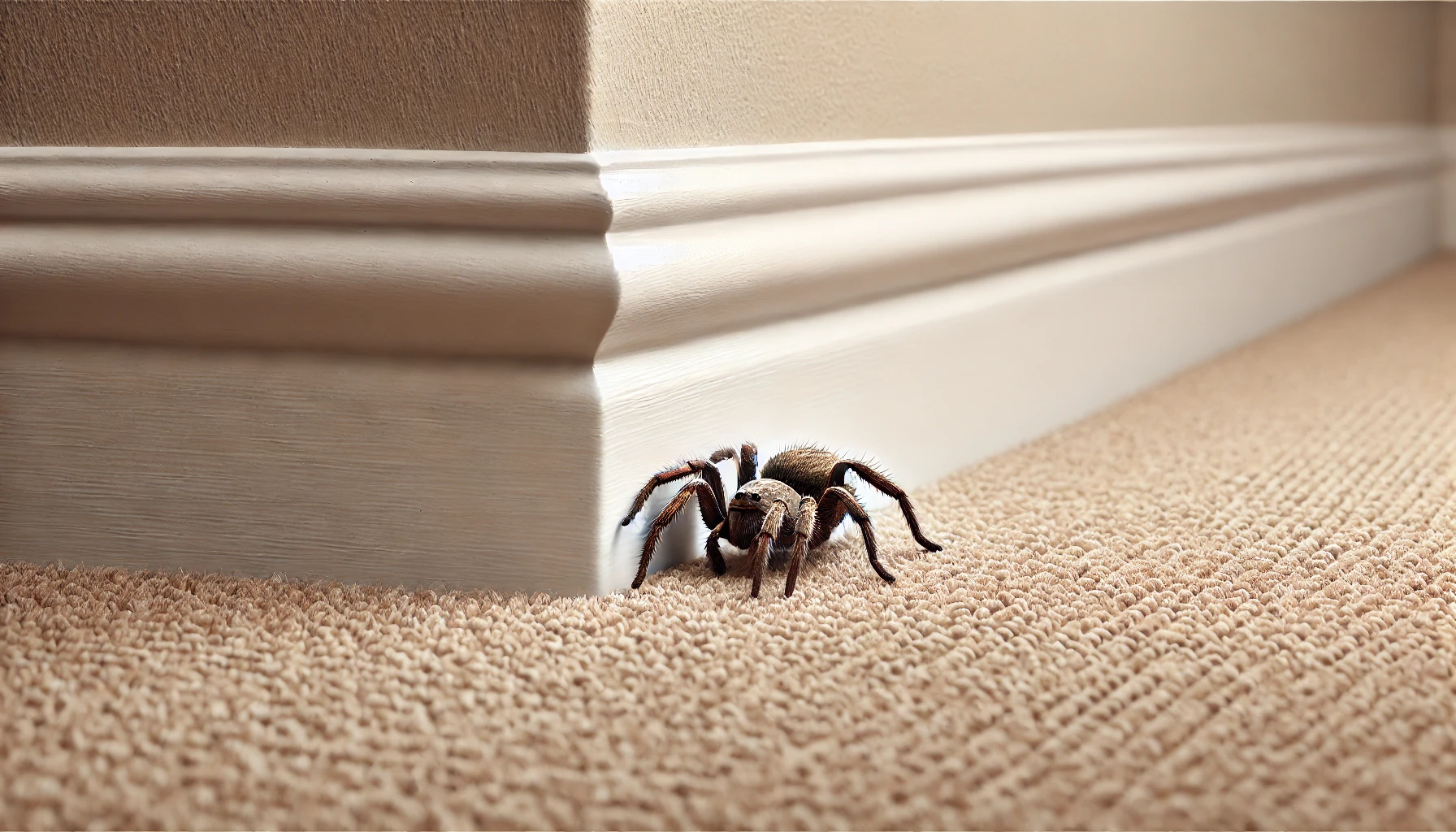

Not getting a solution?
Get your free pest control estimate today!What is a Hobo Spider?
The Hobo Spider is often mistaken for more dangerous spiders, but in reality, its bite poses minimal medical risk. These spiders are shy, fast-moving, and typically found in dark, damp places such as basements, garages, and crawl spaces.Physical Characteristics of Hobo Spider
-
Size: Medium-sized, with a body length of about 1/2 to 1 inch.
-
Color: Light to dark brown, with distinct chevron-like markings on the abdomen.
-
Shape: Slender legs covered with fine hairs, with a darker abdomen compared to the rest of the body.
-
Eyes: Possess eight eyes, arranged in two rows of four.
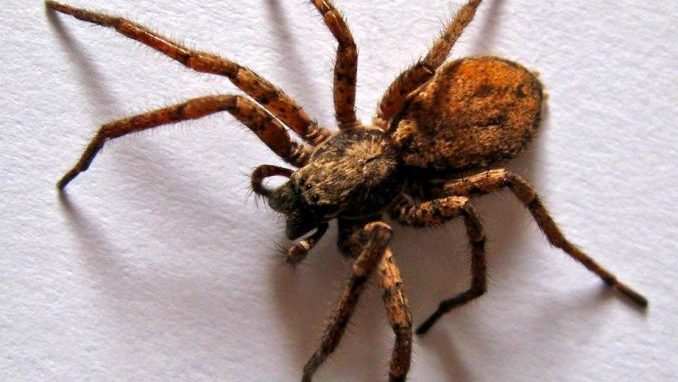
What is a Brown Recluse Spider?
The Brown Recluse Spider is one of the most feared venomous spiders in the United States. Unlike the Hobo Spider, the Brown Recluse’s bite can cause serious tissue damage due to its necrotic venom. These spiders are reclusive, prefer hiding in dark places, and rarely bite unless provoked.Physical Characteristics of Brown Recluse Spider
-
Size: Approximately 1/2 inch in body length.
-
Color: Light to dark brown with a violin-shaped marking on its cephalothorax.
-
Shape: Slender body with uniform coloring and thin, long legs.
-
Eyes: Unlike most spiders, they have only six eyes, arranged in three pairs of two.
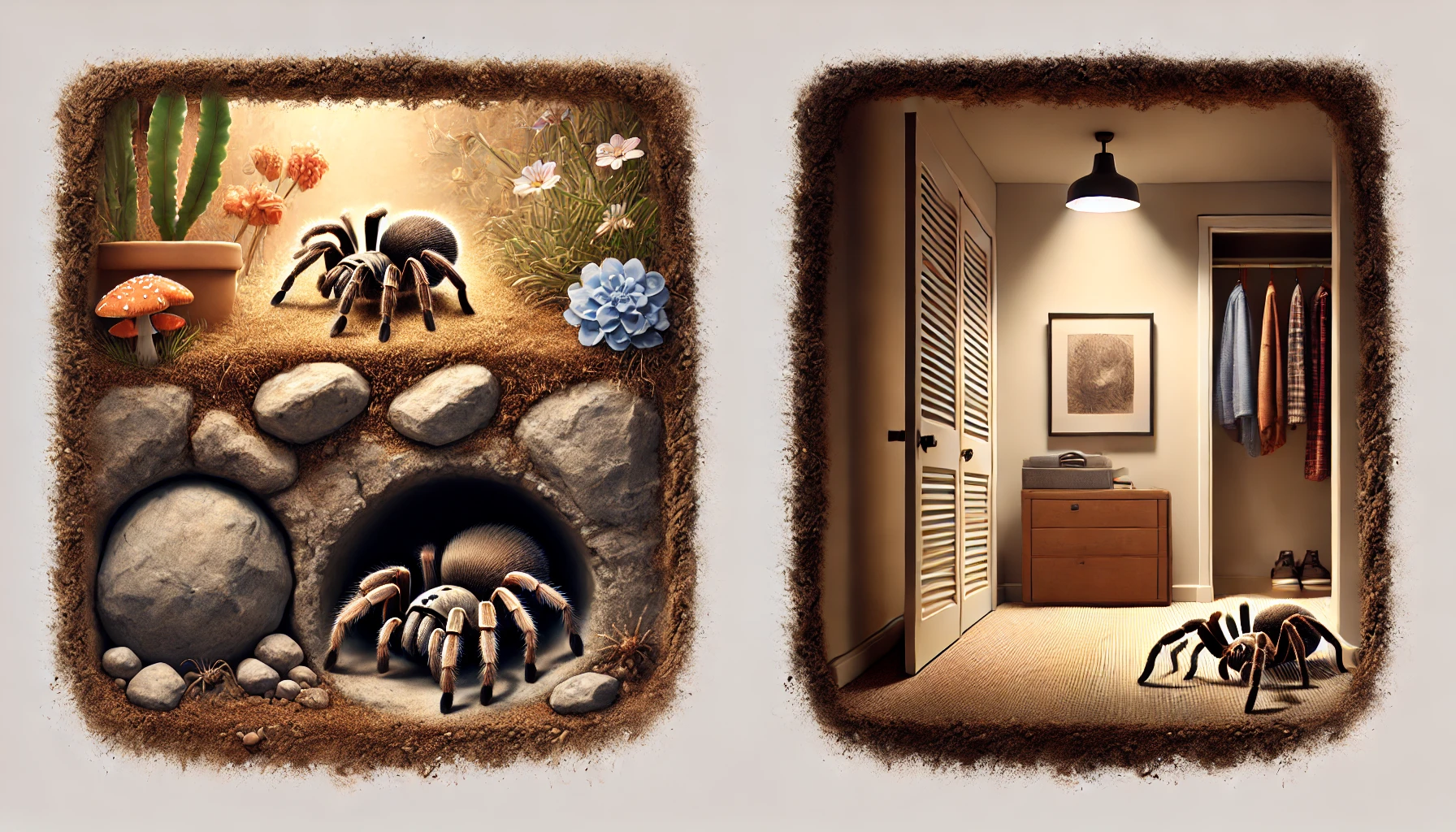
Natural Habitat and Geographic Range
Spiders might not be your favorite houseguests, but knowing where they typically hang out can help you avoid unwanted encounters. Let’s first understand where hobo spiders and brown recluse spiders are naturally found. Hobo Spider: These spiders prefer cooler, moist environments and are common in the Pacific Northwest region of the United States. You’ll typically find them in basements, crawl spaces, garages, and around woodpiles. Their ideal spots are damp and secluded—areas that humans don’t frequently disturb. Brown Recluse Spider: The brown recluse favors dry, dark spaces. They primarily inhabit the Midwest and South-Central United States. You’ll often discover them hiding in attics, closets, sheds, and piles of stored items. Their secretive nature means they’re commonly hidden away, making surprise encounters a real risk.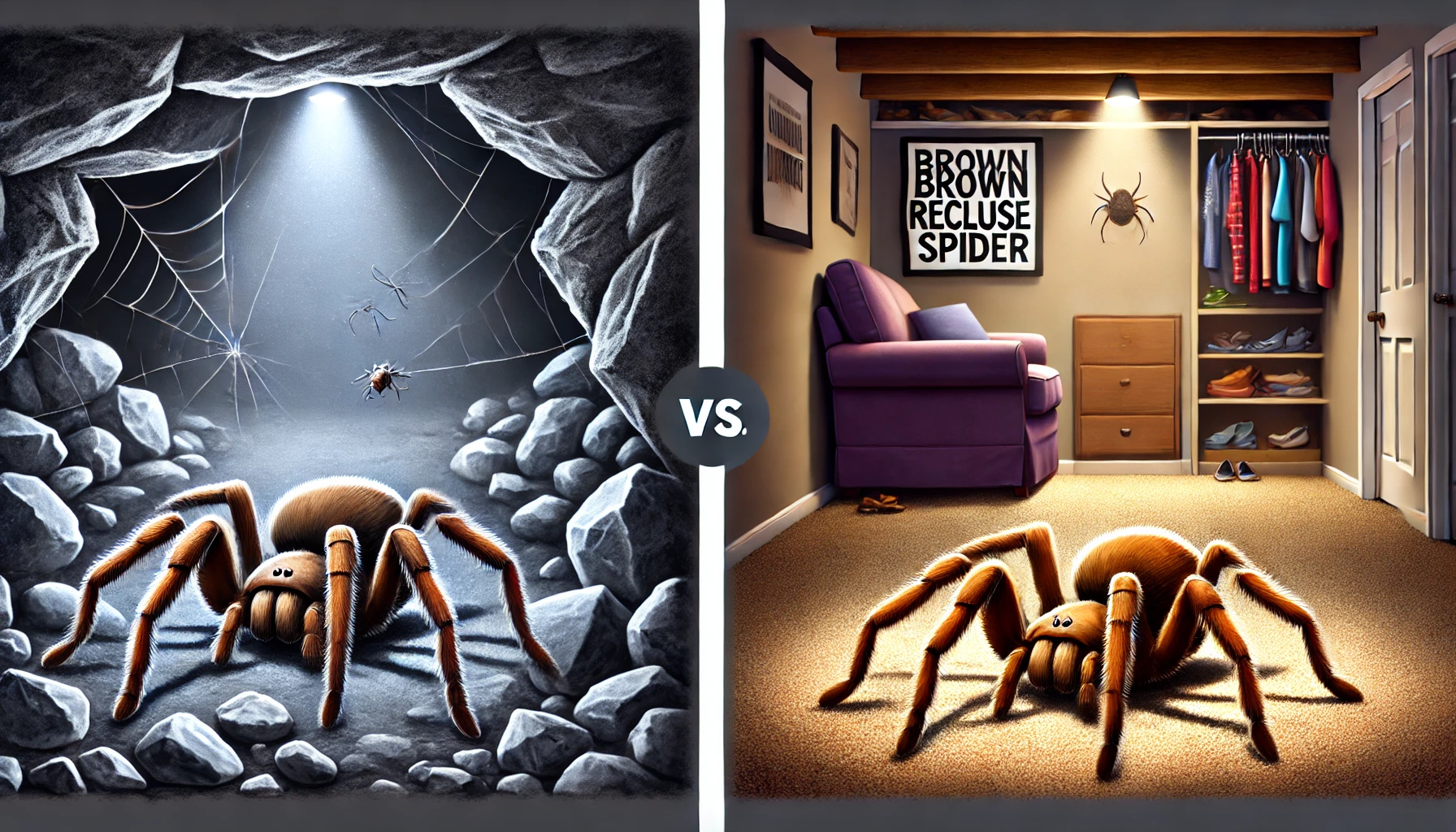
Behavior and Aggression Level
Not all spiders behave similarly. Some prefer to flee rather than fight, while others can become defensive. Knowing their behavioral patterns helps assess the risk during an encounter. Hobo Spider: Contrary to popular belief, hobo spiders are generally not aggressive. They rarely bite humans unless provoked or accidentally disturbed. When confronted, their primary instinct is to run and hide rather than bite. Brown Recluse Spider: Brown recluse spiders are aptly named; they’re shy and prefer solitude. These spiders rarely bite unless they feel threatened or trapped against the skin, such as being pressed in clothing or bedding. Most bites occur unintentionally due to accidental contact.Venom Toxicity: Is It Dangerous?
A key concern about spiders is the potency of their venom. Understanding how dangerous a spider’s bite can be is essential for safety and peace of mind. Hobo Spider: Historically, hobo spiders were thought to have medically significant venom, but recent studies have shown their bites rarely cause serious harm. While bites can cause mild discomfort or localized swelling, severe reactions are uncommon. Brown Recluse Spider: The venom of the brown recluse is highly potent, containing necrotic properties. Their bite can lead to significant skin damage, tissue death (necrosis), and potentially serious systemic reactions. Although not typically fatal, their bites require medical attention.Key Differences Between Hobo Spiders and Brown Recluse Spiders
| Feature | Hobo Spider | Brown Recluse Spider |
|---|---|---|
| Physical Appearance | Brown with chevron-like markings on the abdomen, eight eyes in two rows of four | Solid brown with a violin-shaped marking on the cephalothorax, six eyes in pairs |
| Venomous Impact | Venom is not dangerous; bites may cause mild swelling or irritation | Highly toxic venom that can lead to skin necrosis and tissue damage |
| Geographic Range | Primarily found in the Pacific Northwest, but their range is expanding | Mainly found in the Midwest and Southern U.S., favoring warmer climates |
| Habitat Preferences | Damp, dark places like basements, garages, and woodpiles | Undisturbed indoor spaces like attics, closets, and under furniture |
| Behavior | Fast-moving and non-aggressive; prefers to flee | Reclusive and prefers to stay hidden, only biting when disturbed |
How to Identify Hobo and Brown Recluse Spiders?
Distinguishing between hobo spiders and brown recluse spiders is crucial for effective control and bite treatment. While both are commonly mistaken for each other, their unique physical features can help with identification.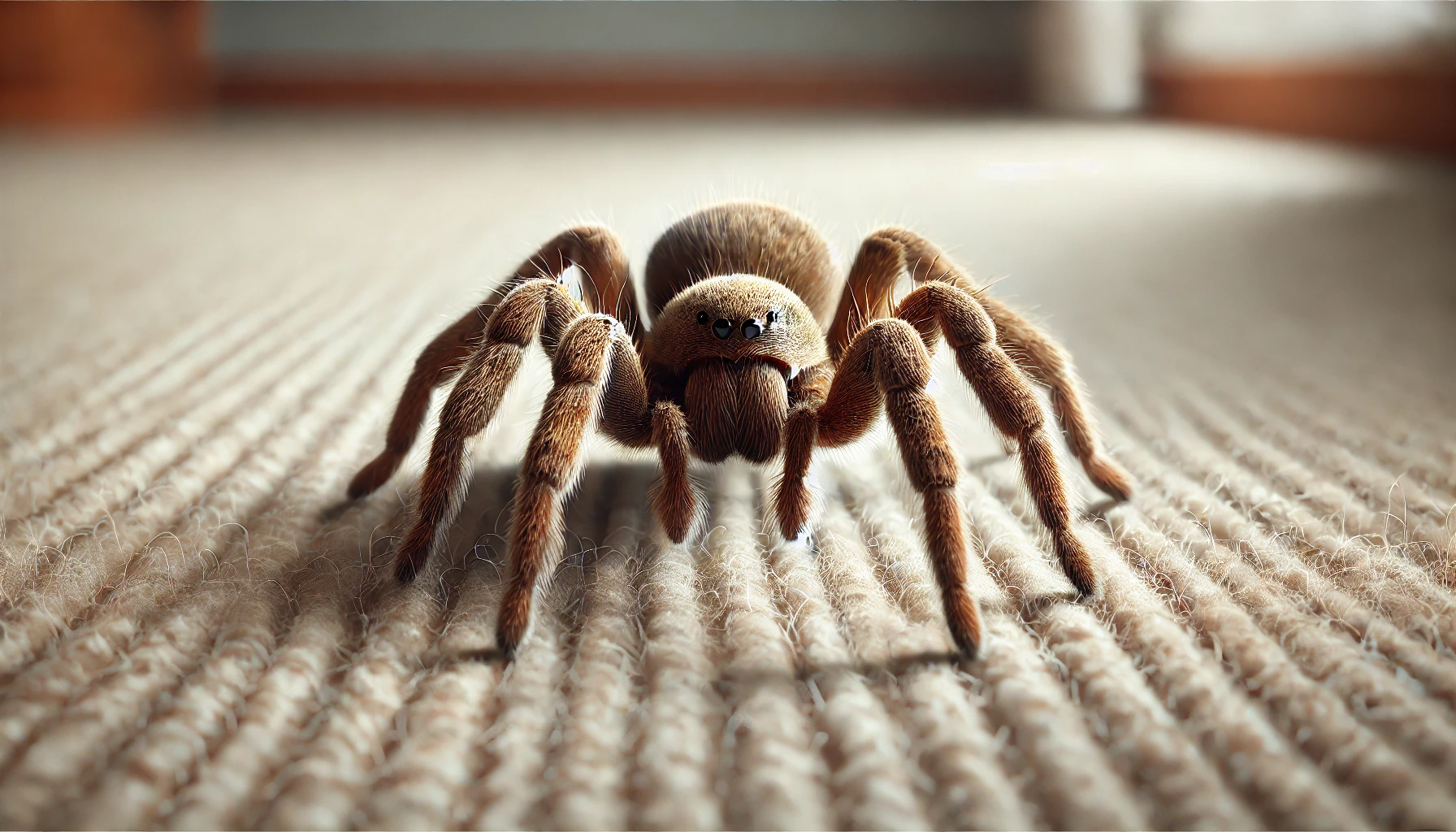
Hobo Spider Identification
-
Body: Brown body with chevron-like markings on the abdomen.
-
Web: Funnel-shaped webs in corners, basements, and low-traffic areas.
-
Eyes: Eight eyes arranged in two rows of four.
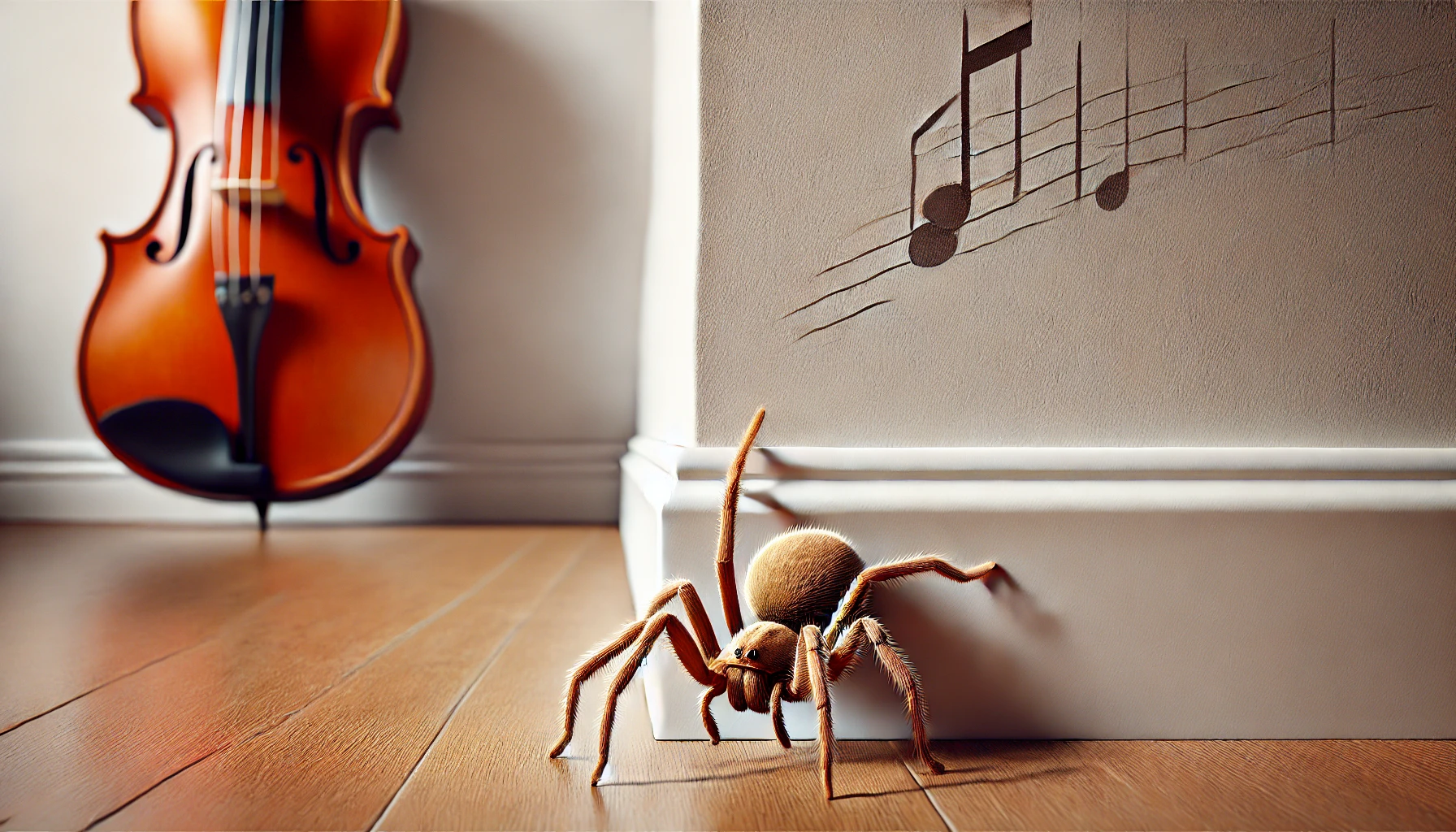
Brown Recluse Spider Identification
-
Body: Solid brown color with a violin-shaped marking on the cephalothorax.
-
Shape: More delicate body compared to the hobo spider.
-
Eyes: Six eyes arranged in three pairs, unlike most spiders with eight eyes.
- Messy, irregular webs hidden in dark, undisturbed corners.
- Sheds or garages cluttered with stored items.
- Regular sightings of brown recluse spiders or their characteristic violin-shaped markings.
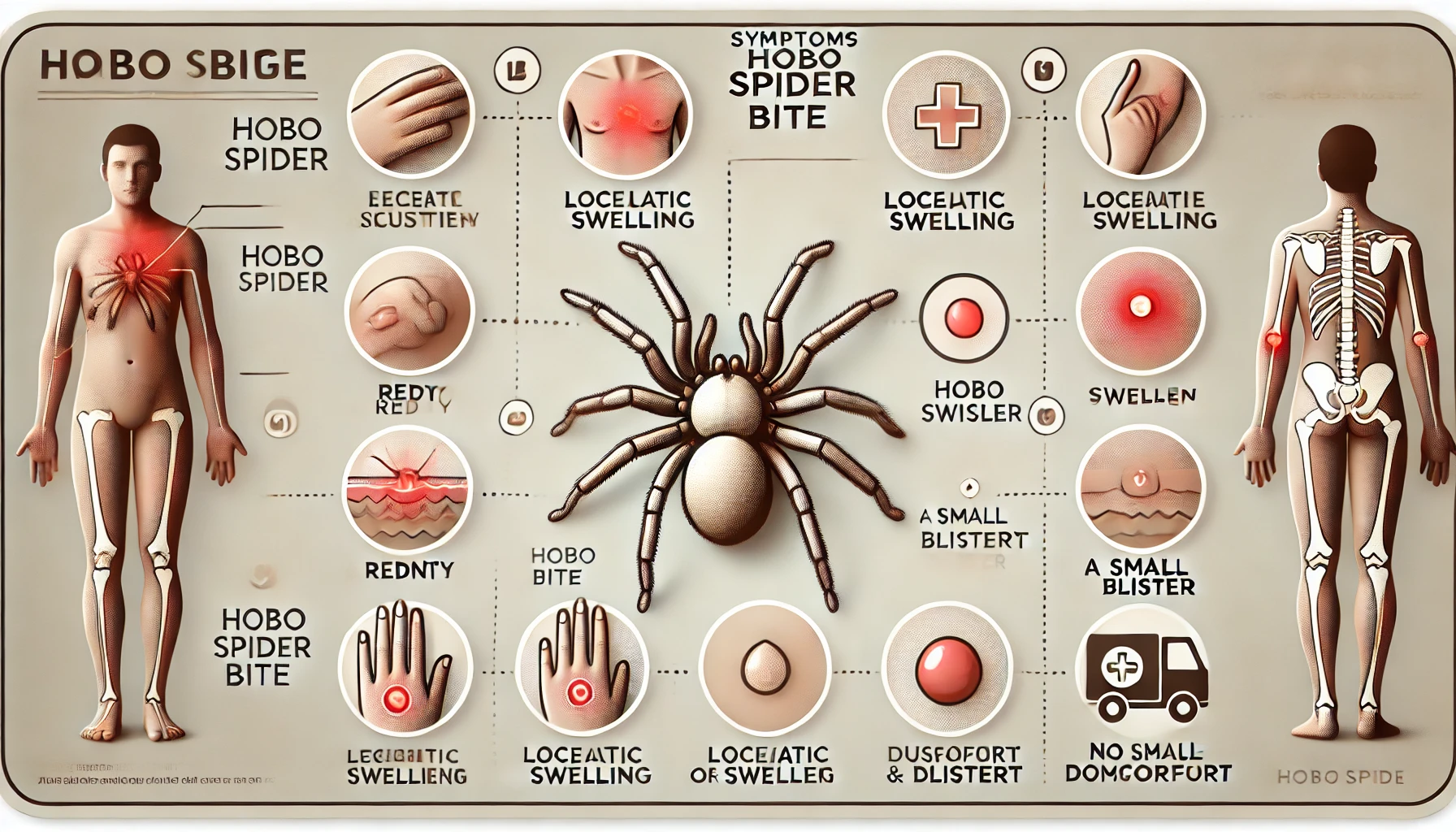
Symptoms of a Hobo Spider Bite
If you suspect a hobo spider bite, recognizing the symptoms early can alleviate anxiety and help you manage the situation effectively. Immediate Reactions and Skin Symptoms Common symptoms include:- Mild redness and swelling at the bite site.
- Slight pain or itchiness.
- Occasionally, minor blister formation.
- Symptoms persist or worsen after several days.
- Signs of infection appear, like increased swelling, redness, or discharge.
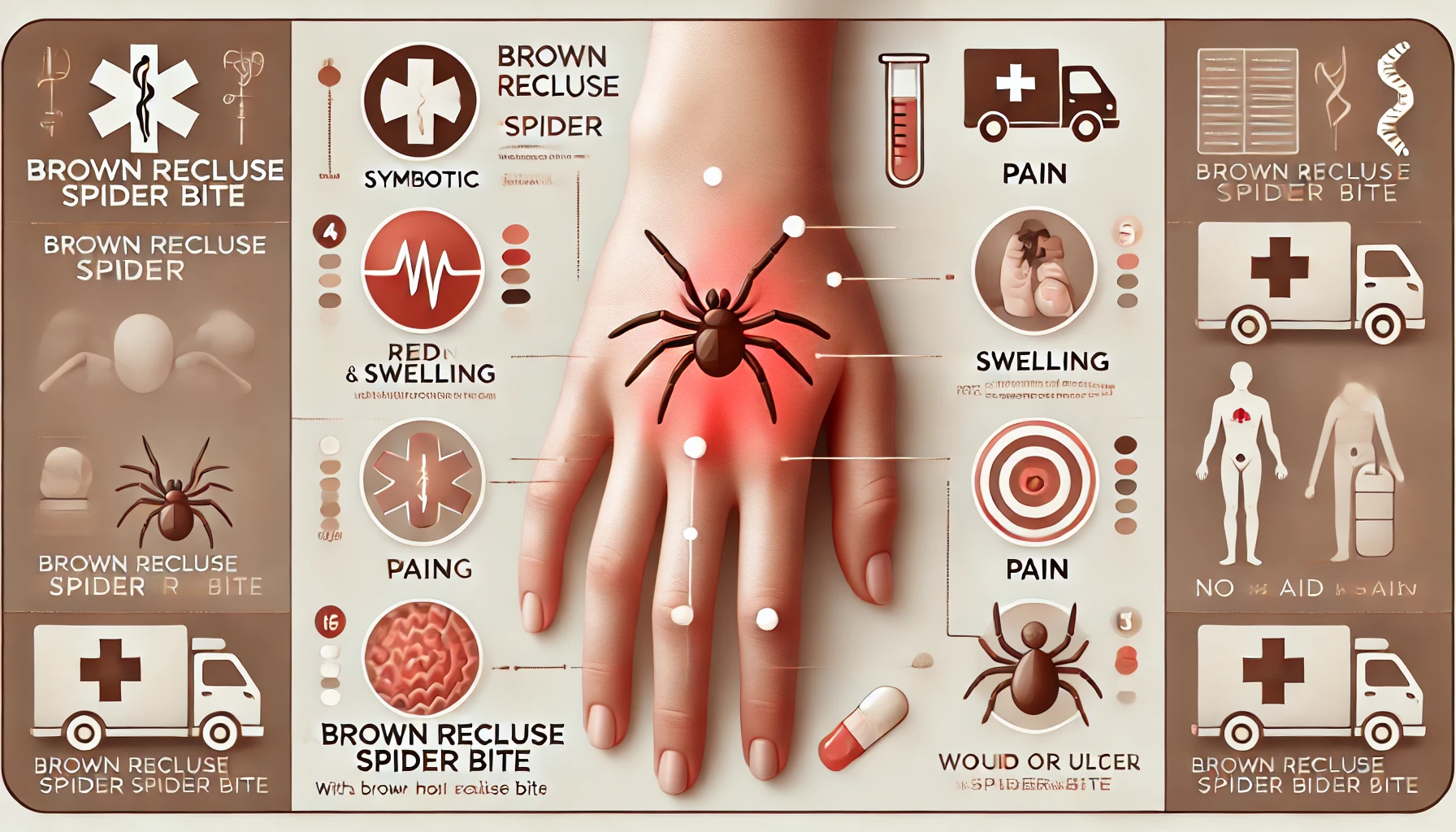
Symptoms of a Brown Recluse Spider Bite
Recognizing the symptoms of a brown recluse spider bite is vital due to the risk of severe complications. Initial symptoms typically include:- Mild stinging or itching sensation immediately after the bite.
- Redness, swelling, and a distinct blister at the bite location within hours.
- “Bull’s-eye” appearance developing around the bite, with a blue-purple center and a red outer ring.
- Increasing pain and skin breakdown.
- Development of an open ulcer or wound with blackened tissue (necrosis).
- Systemic symptoms including fever, chills, nausea, or muscle pain.
- Wound care, pain management, and antibiotics for infections.
- In severe cases, surgical intervention may be required.
- Recovery can take weeks to months, depending on the severity of the bite.
How to Prevent Hobo and Brown Recluse Spiders?
Taking proactive measures to prevent these spiders from entering your home can help reduce encounters and potential bites. Since their habitat preferences differ, specific steps can be taken to deter each species.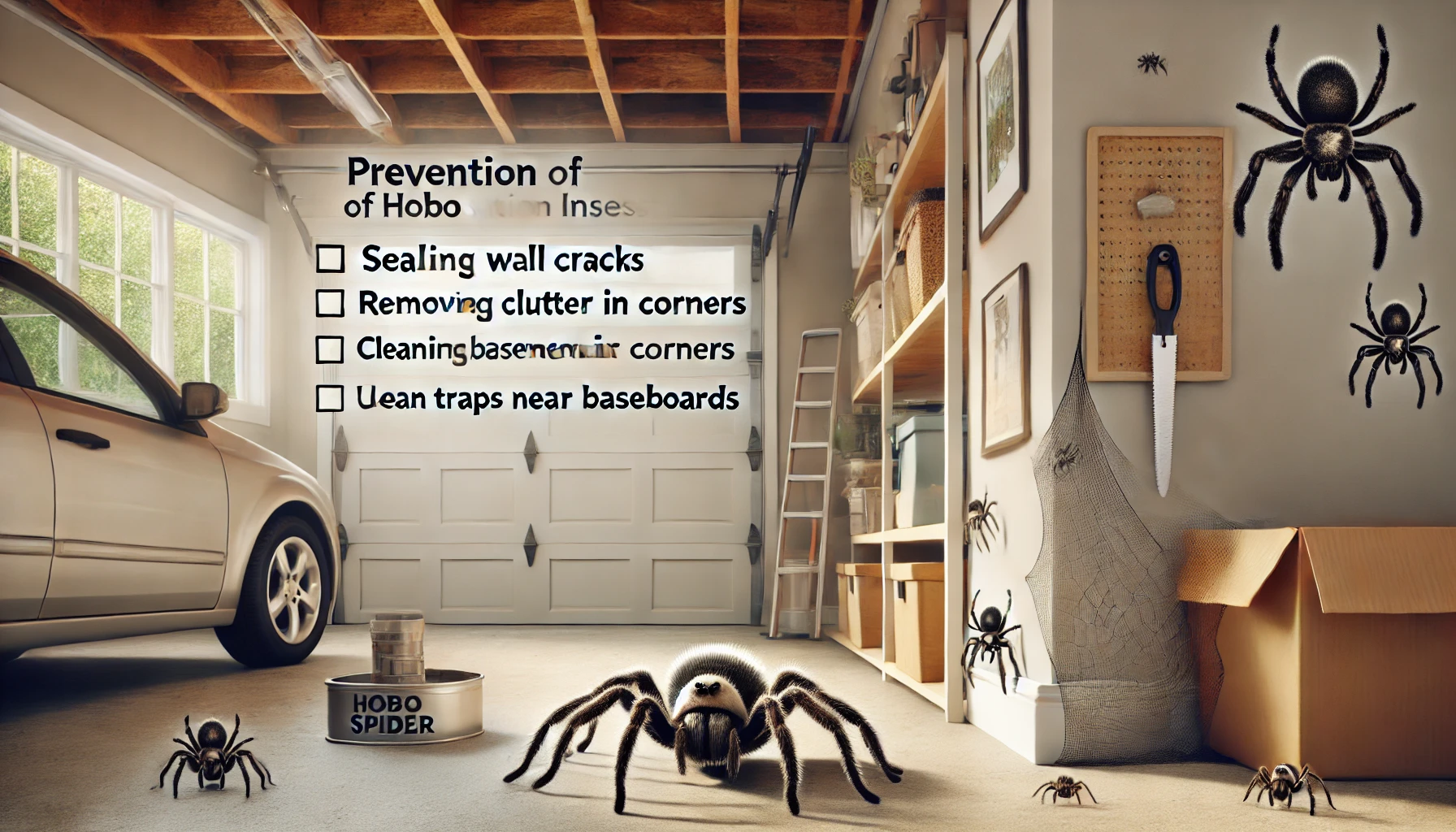
Preventing Hobo Spiders
-
Seal entry points by closing cracks and gaps around doors, windows, and pipes.
-
Reduce damp areas in basements, garages, and storage spaces.
-
Use spider traps or glue boards in dark corners where hobo spiders build funnel webs.
-
Regularly vacuum corners, closets, and under furniture.
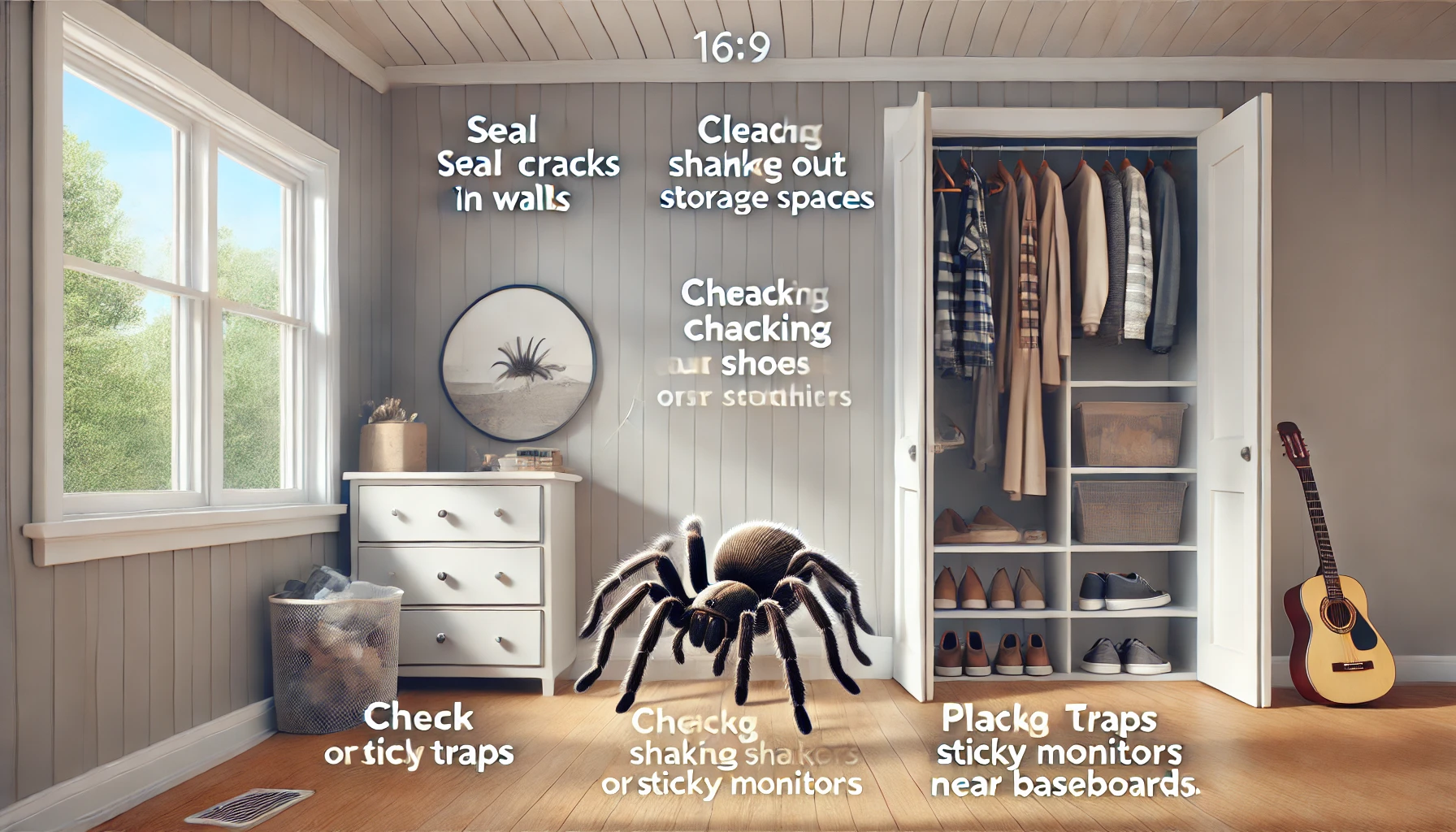
Preventing Brown Recluse Spiders
-
Declutter storage spaces like attics, closets, and basements to remove hiding spots.
-
Shake out clothing and shoes before wearing them, as brown recluses prefer undisturbed areas.
-
Use natural repellents like essential oils (peppermint, tea tree) to deter them.
-
Wear gloves and long sleeves when moving stored boxes or items from storage areas.
How to Treat Hobo Spider and Brown Recluse Spider Bites?
If bitten by either a hobo spider or a brown recluse, proper treatment is essential to avoid complications. While hobo spider bites are relatively harmless, brown recluse bites can cause significant tissue damage and require medical attention.Hobo Spider Bite Treatment
-
Clean the bitten area with soap and water.
-
Apply a cold compress to reduce swelling.
-
Take antihistamines to relieve itching and discomfort.
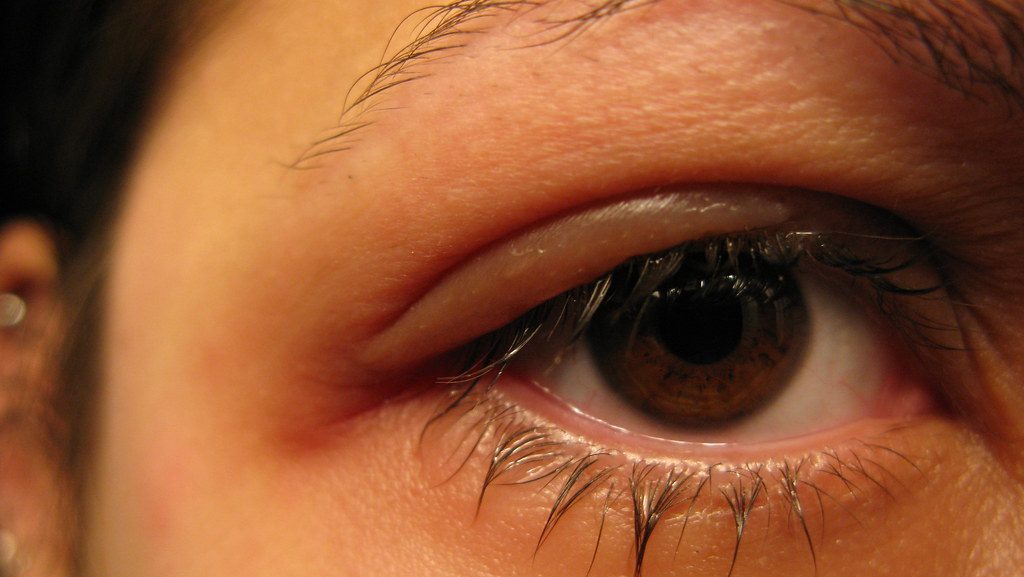
Brown Recluse Spider Bite Treatment
-
Seek immediate medical help, as the venom can cause severe tissue damage.
-
Avoid scratching or applying heat, as it may worsen the reaction.
-
Doctors may prescribe antibiotics, pain relievers, or wound care treatment to manage symptoms.
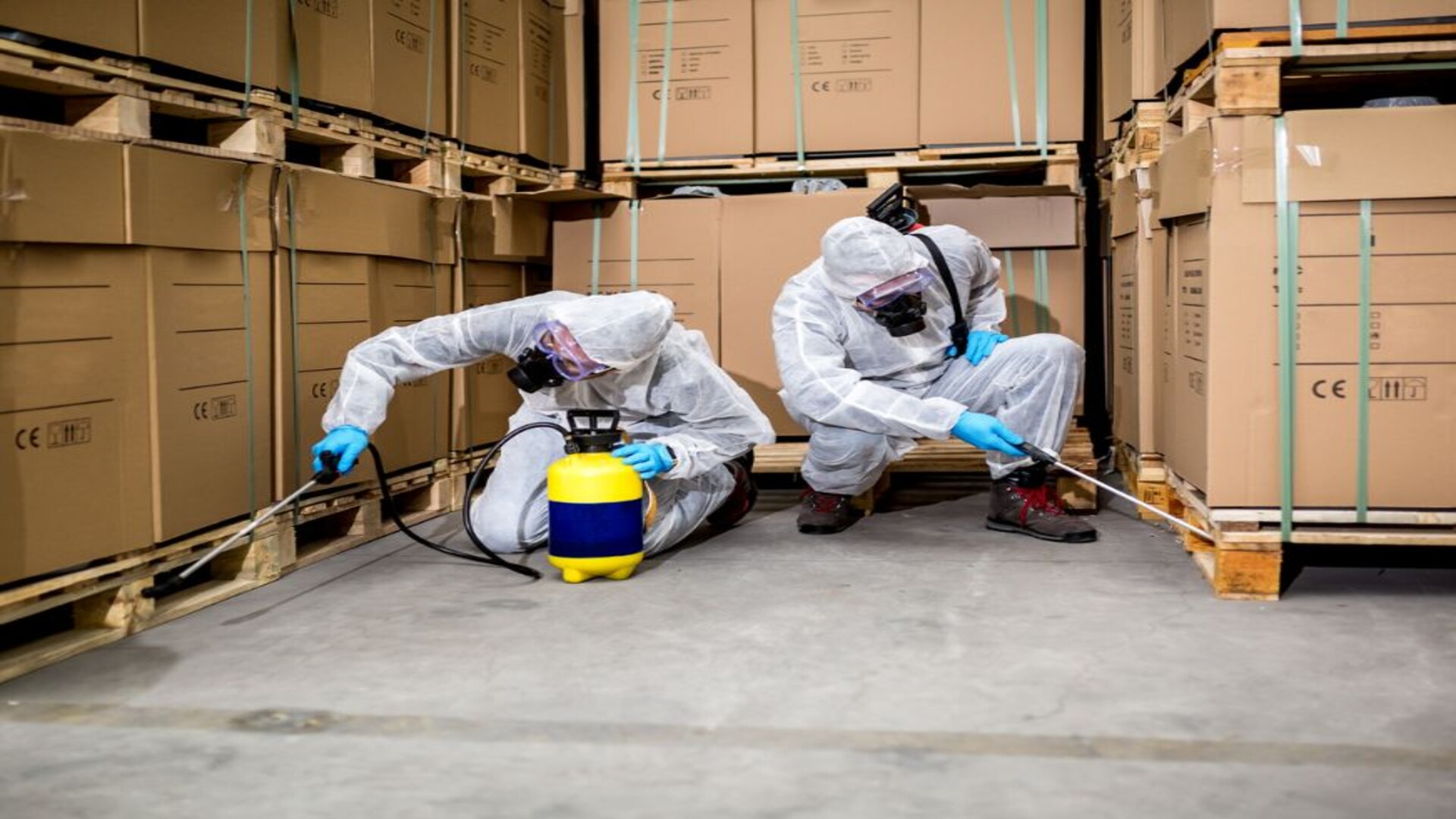
Myths and Facts About Hobo and Brown Recluse Spider
| Myth | Fact |
|---|---|
| Hobo spiders are highly dangerous. | Hobo spiders are not considered highly dangerous and typically cause mild irritation. |
| All recluse spiders are brown recluse. | There are various recluse species, but only the brown recluse poses significant health risks. |
| Hobo spiders actively seek out humans. | Hobo spiders are not aggressive towards humans and usually bite in self-defense. |
| Recluse spider bites are always fatal. | Recluse spider bites are serious but rarely fatal; they usually cause skin lesions. |
| Hobo spiders and recluse spiders are the same. | They are different species with distinct characteristics and habitats. |





